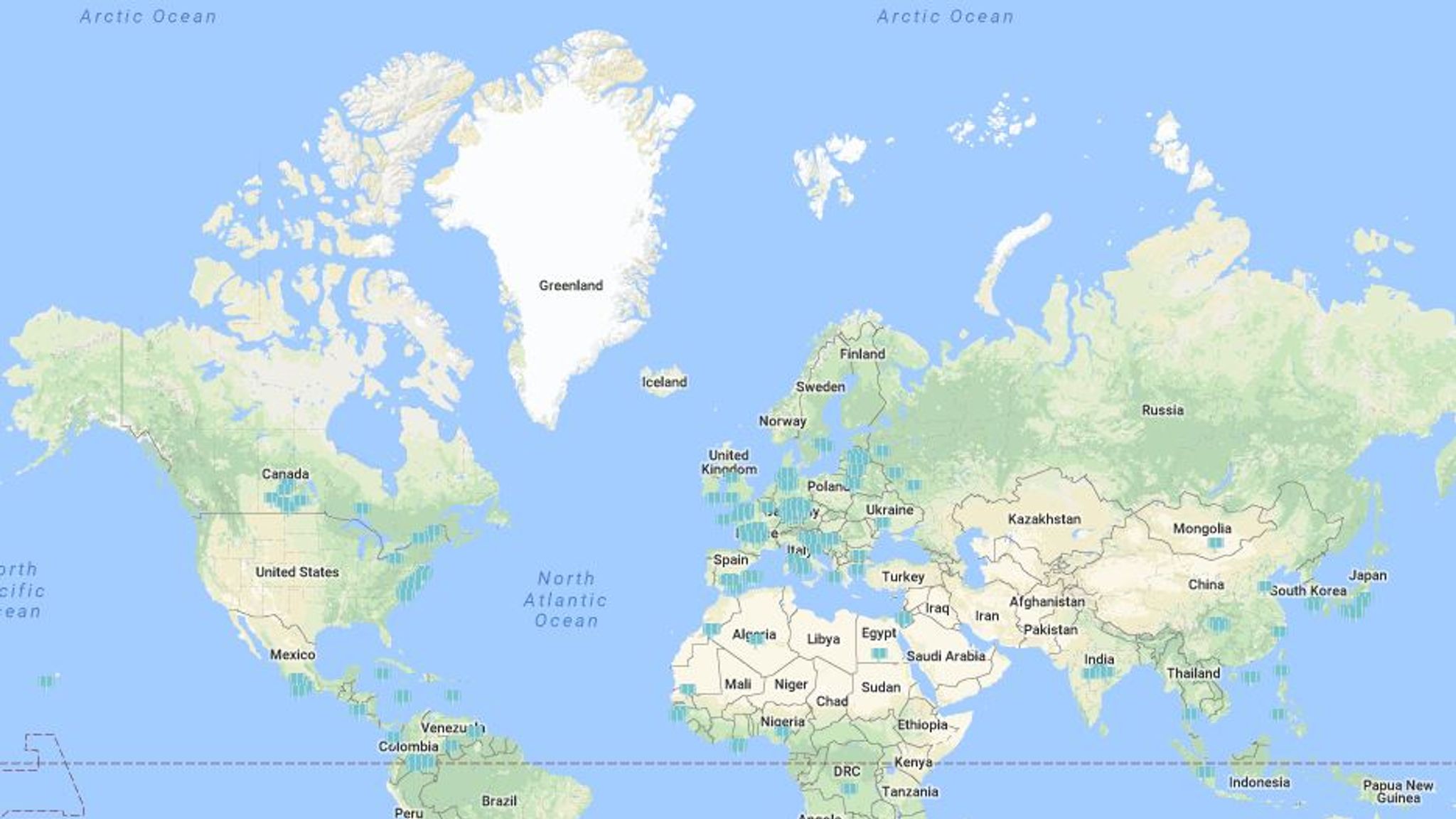

And when regions were faced mainly with local shocks, trade openness helped buffer the domestic effects, allowing countries to diversify risks and exploit multiple sources of external demand. Integration with global value chains led to lower import prices, technology spillovers, and productivity gains from the international division of labour.

The economic benefits of all this were real. Europe’s integration with global value chains was deeper too, with GVC participation roughly 20 percentage points higher than in the United States. Trade as a share of GDP rose from 31% to 54% in the euro area between 19, whereas in the United States it rose from just 23% to 26%. Įurope in particular benefited from the march of globalisation.

Today, around half of global trade is related to global value chain, or GVC activities. The drive for increased efficiency saw global value chains blossoming alongside a rising tide of trade, with production becoming increasingly unbundled across borders. The years following the fall of the Berlin Wall marked a golden era for globalisation. But as Christopher Columbus once said, “You can never cross the ocean until you have the courage to lose sight of the shore.” Globalisation past and present Rather, we must work towards making trade safer in these unpredictable times, while also leveraging our regional strength. But that does not mean restricting open trade. And we must respond accordingly if we are to thrive in this new and increasingly uncertain global terrain. These shifts have implications for Europe. These are the shifts from dependence to diversification, from efficiency to security, and from globalisation to regionalisation. It is still too early to say how this will play out, but one can already see the emergence of three distinct shifts in global trade. And once more, fluctuating value systems and shifting alliances are creating a new global map of economic relations. Today, rising geopolitical tensions mean our global economy is changing. Mappae mundi, like the famous Ebstorf Map, often portrayed the holy city of Jerusalem at the centre of the world. Well-trodden trade routes from ancient times meant that Asia and North Africa figured prominently in them. These mappae mundi, as they are known, depicted world views informed by trade links and value systems. This point is well captured by those world maps from Medieval times. Throughout human history, economic relations and values have fundamentally shaped how we understand and interact with the world. And in a post-invasion world, it has become increasingly untenable to isolate trade from universal values such as respect for international law and human rights. Russia’s unprovoked aggression has triggered a fundamental reassessment of economic relations and dependencies in our globalised economy. The economic fallout from Russia’s invasion of Ukraine may mark a defining moment for globalisation in the 21st century. It is a pleasure to be in Washington to speak with you today. Keynote speech by Christine Lagarde, President of the ECB, at the Peterson Institute for International Economics


 0 kommentar(er)
0 kommentar(er)
